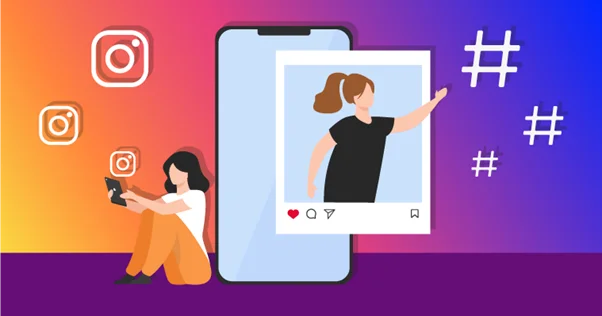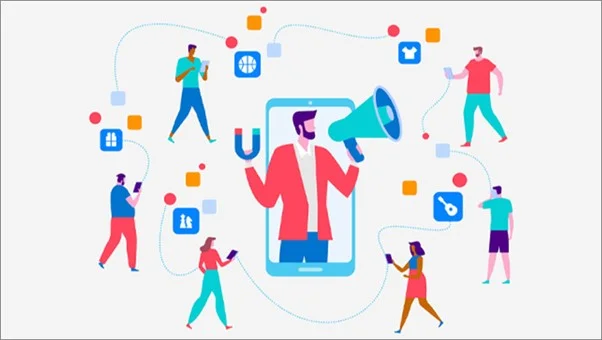In the digital tapestry of the 21st century, few threads are as prominent or colorful as Instagram. Launched in October 2010 by Kevin Systrom and Mike Krieger, this seemingly simple app started as a unique platform combining photography and social interaction. Little did the world know, Instagram was poised to become a colossal cultural force, impacting everything from popular culture to the socio-political landscape.
Instagram’s Evolution: A Decade of Dynamic Growth
Instagram’s journey is a testament to transformative growth. Originally named “Burbn,” the app was conceived as a location-based check-in service, inclusive of a gaming element. However, its pivot to a user-friendly photo-sharing platform marked the start of its meteoric rise. After its launch on iOS and subsequent expansion to Android, Instagram’s appeal skyrocketed, reaching one million users in just two months.
The game-changer materialized in 2012 when Facebook acquired Instagram for approximately $1 billion. This union supercharged Instagram’s evolution, integrating advanced features like “Stories,” “IGTV,” and more recently, “Reels,” each competing with similar features from Snapchat and TikTok respectively. From simple photo-sharing, Instagram became a multimedia platform hosting video content, live broadcasts, e-commerce, and direct messaging, illustrating its adaptability amidst changing digital trends.
The Lure of Instagram: Visuals, Validation, and Vicarious Living

People are visual creatures, and Instagram capitalized on this by offering a platform where visuals are the main dish, not a side course. The app’s design, emphasizing photos with minimal text, revolutionized social media engagement. People could now ‘see’ the world through others’ eyes, creating a digital mosaic of shared human experience.
Instagram also tapped into the profound human need for validation. The ‘like’ feature, symbolized by a heart, is psychological genius. Instagram likes offer instant gratification, quantifying popularity in a way that’s immediate and intoxicating, though not without its mental health criticisms. This led to a significant shift in Instagram’s operational model, with trials of hidden ‘like’ counts to alleviate social pressure among users.
Moreover, Instagram has opened a window into the lives of the rich and famous. By following celebrities, users can indulge in a form of vicarious living. They participate in the glamour, the travel, and the excitement, often from the mundane settings of their everyday lives.
Meme Culture: Laughing Together in a Global Village
Instagram has played a pivotal role in the proliferation of meme culture, uniting users across diverse backgrounds through humor and creativity. Memes, often images with a humorous caption, are a cultural shorthand, a way for people to communicate shared understandings quickly and humorously.
Through meme-sharing, Instagram users create and perpetuate a cycle of viral content that transcends geographical, linguistic, and cultural barriers. This content then informs and shapes discourse, often bringing light relief but also poignant commentary on societal issues. For instance, memes have been used to diffuse stressful global situations, like the COVID-19 pandemic, creating a sense of universal solidarity amid adversity.
Influencer Culture: The Birth of Micro-Celebrities

Perhaps no other platform can claim as significant a role in the rise of “influencer” culture as Instagram. The app has led to the democratization of celebrity. No longer are movie stars and musicians the only ones in the spotlight; ordinary individuals can amass immense followings based on their niche interests, lifestyle, or sheer charisma.
Influencers have become the new gatekeepers of cool, dictating trends and shaping consumer behaviour. Brands, recognizing this power, engage influencers for marketing, making them pivotal in the commercial ecosystem. This paradigm shift has not only changed how companies approach advertising but also how users perceive and digest content, often blurring the lines between authentic sharing and paid promotions.
A Megaphone for Change: Social and Political Movements
Instagram’s impact is not limited to consumerism and entertainment. It has emerged as a significant platform for social and political activism. Movements have been born and fueled by the power of the hashtag. Examples include #BlackLivesMatter, #MeToo, and #FridaysForFuture, which have gained global momentum and sparked real-world protests and policy discussions.
Instagram allows for the rapid dissemination of information, unfiltered and unedited by traditional media. This feature has been instrumental in countries where press freedom is limited, and the state controls information. Through live videos and stories, the realities of political unrest, social injustices, or climate change reach global audiences in real-time, prompting international outcry and solidarity.
However, this power comes with pitfalls. The spread of misinformation is a significant challenge, as not all that’s shared on Instagram is vetted or factual. The onus often falls on the users to discern truth from falsehood, a daunting task in the fast-paced world of social media.
The Double-Edged Sword

The rise of Instagram has brought with it a new set of challenges tied to mental health and self-perception. At the heart of this issue is the culture of meticulously curated content. Users often present the most glamorous, fun-filled, and envy-inducing snapshots of their lives, thereby inadvertently setting up a mirage of constant perfection. For many scrolling through their feeds, this curated reality can distort perceptions of normalcy, leading them to question their achievements, their lifestyles, and even their self-worth.
For younger users, especially those in their formative teenage years, this can have profound effects. As they navigate their identity, self-esteem, and place in the world, these distorted online portrayals can exacerbate feelings of isolation and inadequacy. The “like” system, too, has been implicated in this mental health puzzle. It fosters a tangible metric of popularity and acceptance, turning posts into contests of affirmation. Recognizing the potential harm, Instagram’s decision to hide the ‘like’ count in some regions was a step toward mitigating the validation-seeking behavior and its associated pressures.
Conclusion
Instagram’s influence on modern culture is undeniable. It has altered how we communicate, how we consume, and even how we perceive ourselves and the world around us. Its role extends beyond being a mere app on our devices; it’s a cultural phenomenon, continuously shaping and being shaped by societal norms and values.
As Instagram journeys forward, its potential to inspire innovation, cultural exchange, and social change is immense. However, it also prompts reflection on digital well-being, privacy, and information integrity. In this cultural symphony, Instagram is both the composer and the instrument, and it’s up to us, the users, to navigate the emerging melodies with mindfulness and responsibility.









